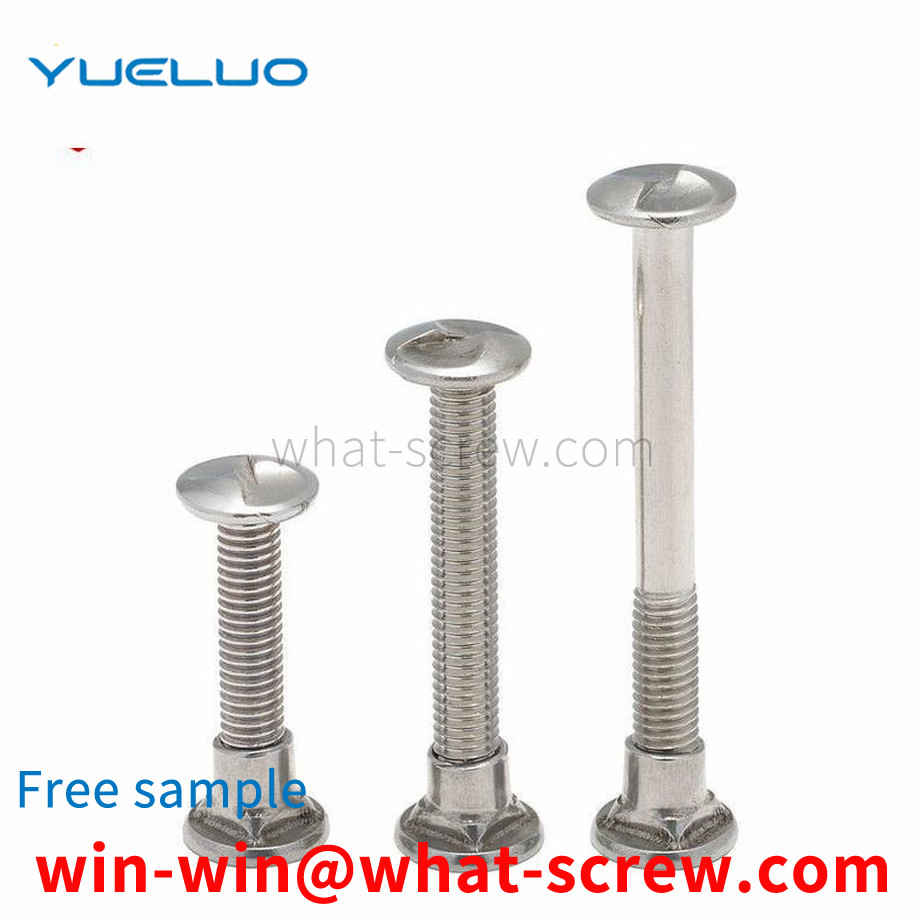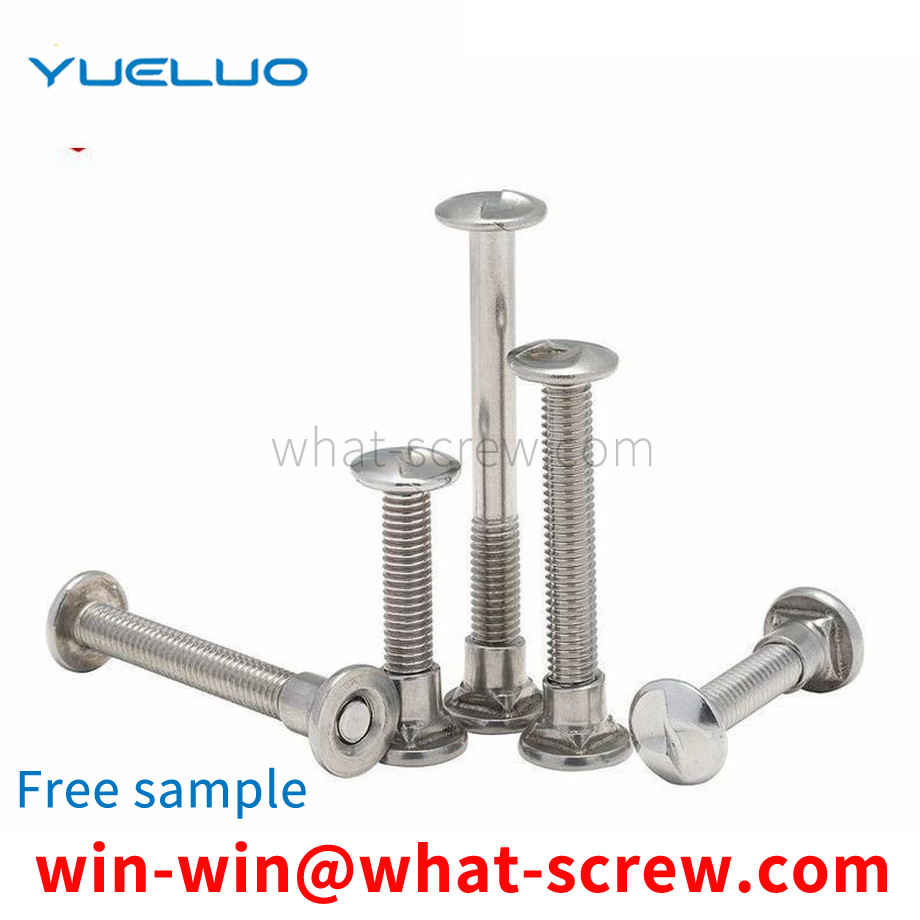At present, with the development of my country's railway industry, many railway fastener systems involve T-bolts. The structure is shown in Figure 1. The dimensions that need to be inspected are head width A, head length B, and head straight table height. C. The height of the head slope D, the total length of the bolt E, and the major diameter of the bolt F. Due to the irregular shape of these places to be inspected, the measurement is difficult. The measurement of general measuring tools is not only slow, but also difficult to control human errors, resulting in some extreme upper limits and There are disputes and misjudgments about the size of the extreme lower limit when judging qualified and unqualified.
The more complex inlaid embedded copper nut copper insert nut specification is M8, this copper insert nut is embedded in the injection molded part of the car, 5 twill embossing, 4 left twill embossing, 1 right twill embossing Knurling. Since there are multiple rolling patterns, double tool rests + double embossing rests are used, and 5 grooves and 2 chamfers are inserted at one time by a widening forming knife. The hot-pressed copper insert nut contains Reticulated and straight lines, the outer circle is conical, in the process of hot pressing to facilitate smooth introduction into the plastic hole.
The utility model proposes an installation structure which adopts a T-shaped bolt to cooperate with a channel, which includes a bolt head, an installation channel, a nut and a washer. The upper end of the screw rod is provided with a screw head, the two side walls of the bolt head are respectively provided with an arc surface, the two ends of the bolt head are provided with protrusions, and the interior of the installation channel is provided with an inner cavity, There is an opening above the installation channel, the bolt head is installed in the inner cavity, the nut is installed on the screw, the nut is located above the installation channel, and the gasket is installed on the installation channel and the nut between.
The Chinese Patent Application No. 201320368989.2 discloses a pin, which includes a pin body and a cylindrical body part integrally provided with the pin body, a convex tip is provided on the cylindrical body part at one end of the pin body, and the convex The tip is horizontally arranged around the cylindrical body part and protrudes from the surface of the cylindrical body part. The connection between the cylindrical body part and the convex tip is provided with an inclined plane. Although this pin solves the problems of easy loosening and falling off to a certain extent, However, this kind of pin still has the problem of loosening and falling off in the case of bad working conditions and severe vibration.
The first person to describe the spiral was the Greek scientist Archimedes (c. 287 BC - 212 BC). An Archimedes screw is a huge spiral contained in a wooden cylinder that is used to irrigate fields by raising water from one level to another. The real inventor may not be Archimedes himself. Maybe he was just describing something that already existed. It may have been designed by the skilled craftsmen of ancient Egypt for irrigation on both sides of the Nile. In the Middle Ages, carpenters used wooden or metal nails to attach furniture to wooden structures. In the 16th century, nail makers began producing nails with a helical thread, which were used to connect things more securely. That's a small step from these kinds of nails to screws. Around 1550 AD, the metal nuts and bolts that first appeared in Europe as fasteners were all made by hand on a simple wooden lathe. Screwdrivers (screw chisels) appeared in London around 1780. Carpenters have found that tightening a screw with a screwdriver holds things in place better than hitting with a hammer, especially with fine-grained screws. In 1797, Maudsley invented the all-metal precision screw lathe in London. The following year, Wilkinson built a nut and bolt making machine in the United States. Both machines produce universal nuts and bolts. Screws were quite popular as fixings because an inexpensive method of production had been found at that time. In 1836, Henry M. Philips applied for a patent for a screw with a cross recessed head, which marked a major advance in screw base technology. Unlike traditional slotted head screws, Phillips head screws have the edge of the head of the Phillips head screw. This design makes the screwdriver self-centered and not easy to slip out, so it is very popular. Universal nuts and bolts can connect metal parts together, so by the 19th century, the wood used to make machines to build houses could be replaced by metal bolts and nuts. Now the function of the screw is mainly to connect the two workpieces together and play the role of fastening. The screw is used in general equipment, such as mobile phones, computers, automobiles, bicycles, various machine tools and equipment, and almost all machines. need to use screws. Screws are indispensable industrial necessities in daily life: extremely small screws used in cameras, glasses, clocks, electronics, etc.; general screws for televisions, electrical products, musical instruments, furniture, etc.
We have many years of experience in the production and sales of screws, nuts, flat washers, etc. The main products are: white steel knife round turning pins, expansion fastening bolts, plastic posts, copper washers and other products, we can provide you with suitable fastening products piece solution.



















 Service Hotline
Service Hotline




